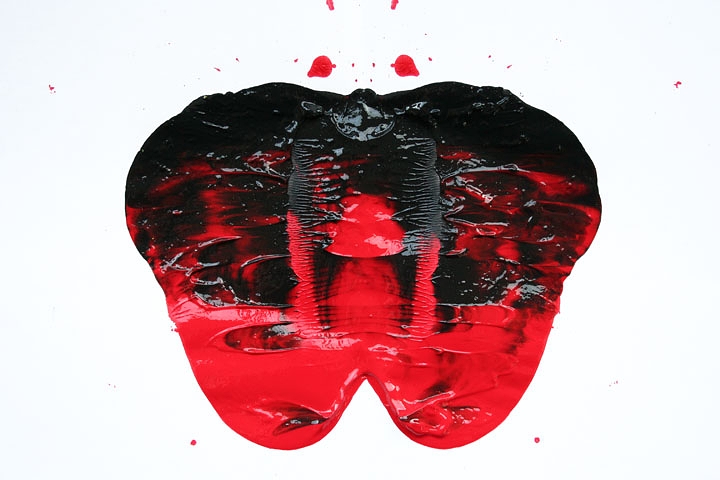Art Teaching <3
Back to school month, for many anyway. I'm looking back over what has somehow become more than a decade of teaching art--hundreds of students, aged 2 to 18, in a huge variety of public and private venues. I feel so much pride for these individuals and knowing who, how, and why some of this work got made makes it even richer than what these images can show. But that is private. This tip of the iceberg I can share. Enjoy some of the gorgeous work produced by my students.
Some News
POSTS: There were a couple of great posts. One at Beautiful/Decay. Thank you. And, another by a fabulous collector/lady I like: The highlight of my day.
SHOW: (so) Much (too) little, shared with Gala Bent and Sharon Arnold, was at Northwind Arts Center.
About a year ago NAC invited me to have a show with them. They asked that it be a two or three person show and I immediately began thinking about who I would like to invite. Gala and Sharon came to mind quickly and I can’t say how delighted I am that the both agreed. Our work is not immediately visually similar, which is exactly what I wanted for this show. The places where we overlap lies below and is rich territory: repetition, pattern, and a reach for balance of geometry and control with fluid natural phenomenon is present in all of our work. This is spiced with a serious crush on science and the approach of asking or why/how/what do we do and where do with do it, plus a healthy dose of storytelling.
Foreground left, painting by Langley, foreground right, drawing with ribbons by Gala Bent; background left, two peeks of Langley paintings and background right four from Sharon Arnold’s 1:1 series
from left to right: one feathered Langley, three works by Gala Bent
Sharon Arnold’s Gutted
Far back wall work by Gala Bent, with Langleys to either side.
Emerald discussing Sharon Arnold’s work 1:1
About which she says, “I like that so little material was just pretty much transformed into awesomeness.”
Nature Awareness
Rather than business as usual, PTSD’s ICE Program kicked-off 2011 with an experiment:
Cancel all regular classes in favor of a week of intense focus on a particular subject.
During this amazing Project Week, I teamed up with teacher/consultant Daniel Molotsky to lead students, K through 8th grade, in a concentrated look at Patterns in Art and Nature. For four straight days we worked inside and out to explore environmental art and visual concepts, such as, pattern and line, accumulation, repetition, symmetry.
All the images in this post are rad student work.
Our days began with an introduction of a new concept, some discussion and a look at examples of the days’ idea from both visual art and nature. Students then spent time working on projects indoors.
These projects encouraged independent thought and work and introduced a particular design concept: repetition, symmetry, pattern. Then around lunch time we bundled-up and went outdoors to work on-site. Now students could get their hands (and knees) dirty and express what they were learning about environmental art. My take on it is that environmental art improves the artist’s relationship with nature. It is artwork that emerges from the essence of a particular place and is created entirely from available natural materials. And, most importantly, it is ephemeral; made to change and eventually disappear. The kids embraced these ideas--moving with grace and confidence they took their time getting to know the places–-woods, meadow, beach–-that we ventured to.
The future of the environment depends largely on this generation having a healthy relationship with the natural world. Environment-based education education expert David Sobel puts it this way:
“It’s good to have streams where kids can and obstruct the ecosystem; the nature of that play is more important, and worth it to the environment in the long term,” he says. . . . . “You can make the same argument about tree houses, which undeniably damage the tree, but that occasional damage to a tree is not as important as what children learn when playing in that tree.”
Without exception, the students were gentle and respectful in their interactions with the natural world. There is some unavoidable impact when taking twenty-some students out into the wild to make art. With this in mind we were sensitive to select work sites that were near trails or other spaces already frequented by people/
I came across this David Sobel quote while reading Last Child in the Woods, by Richard Louv. Louv’s view is:
“Passion does not arrive on videotape or on a CD; passion is personal. Passion is lifted from the earth itself by the muddy hands of the young; it travels along grass-stained sleeves to the heart. If we are going to save . . . the environment, we must also save an endangered indicator species: the child in nature.”
I am happy to think the environment might benefit from kids who know it well. As I watched my students at their play/work/interaction with the natural world I see in them respect, understanding, and love. These children are the ones who grow up desiring to protect the environment. Even greater satisfaction came of witnessing the effect the great outdoors had on all of us-–making us happier, more-tolerant, creative and playful.
Again from Last Child in the Woods:
“Natural spaces and materials stimulate children’s limitless imaginations and serve as the medium of inventiveness and creativity observable in almost any group of children playing in a natural setting.” [Louv is quoting Robin Moore, a play and learning environments designer.]














































